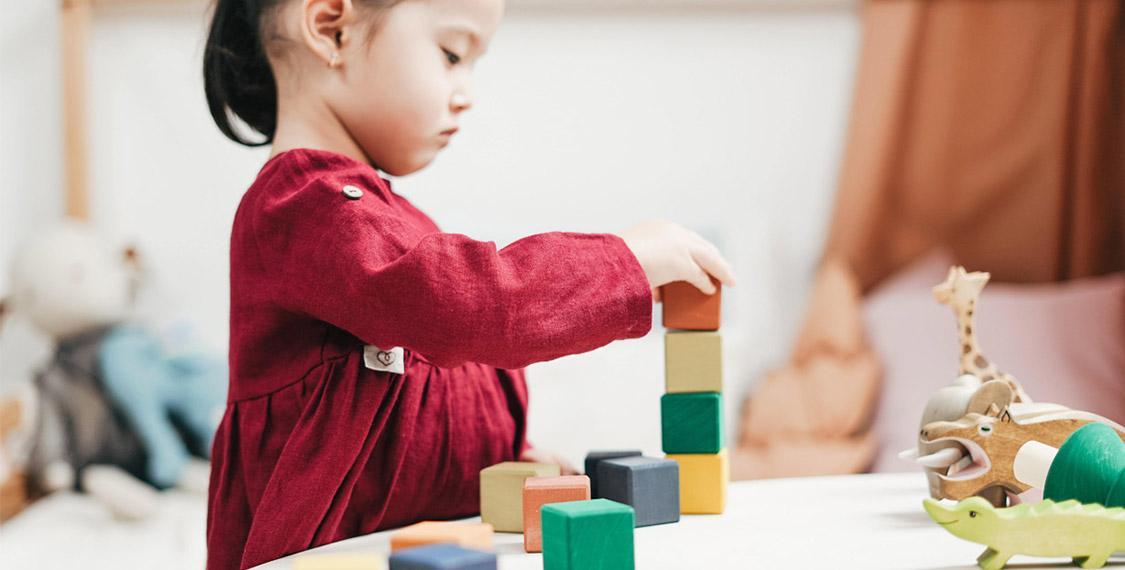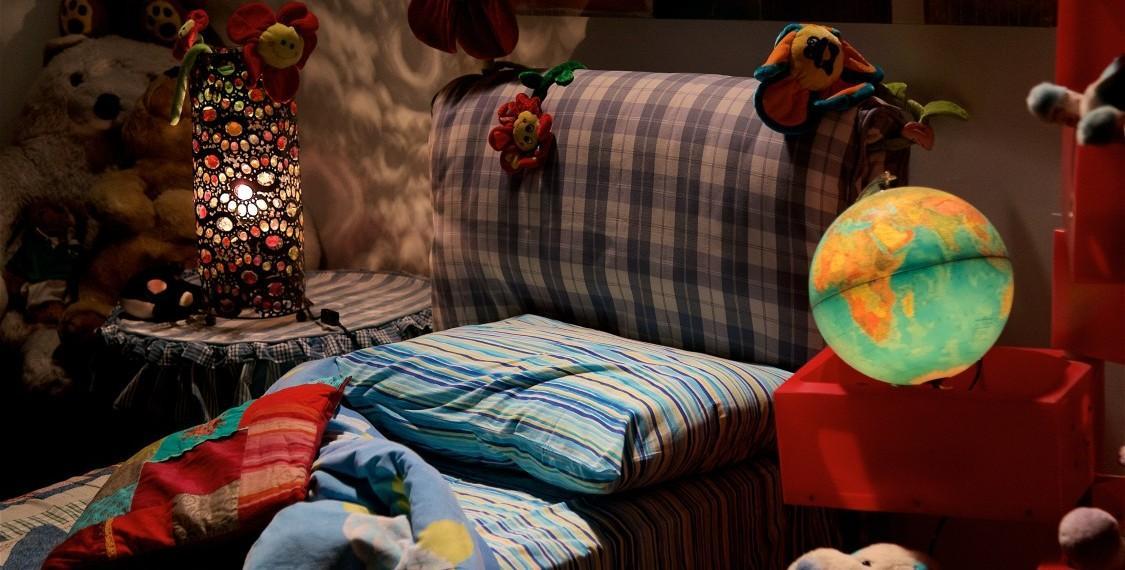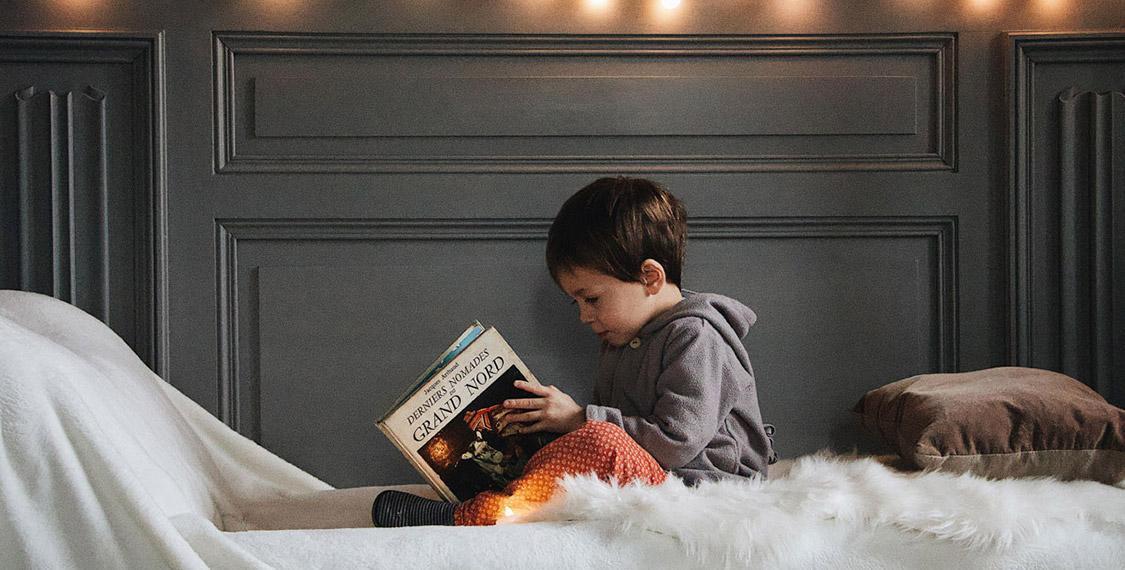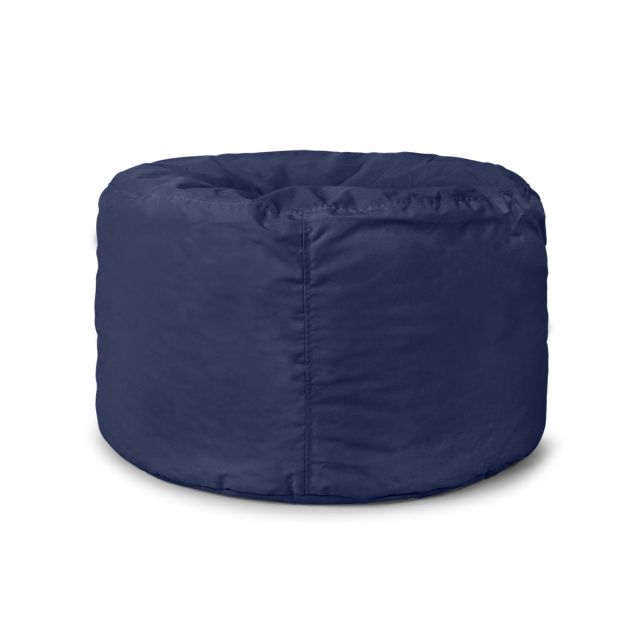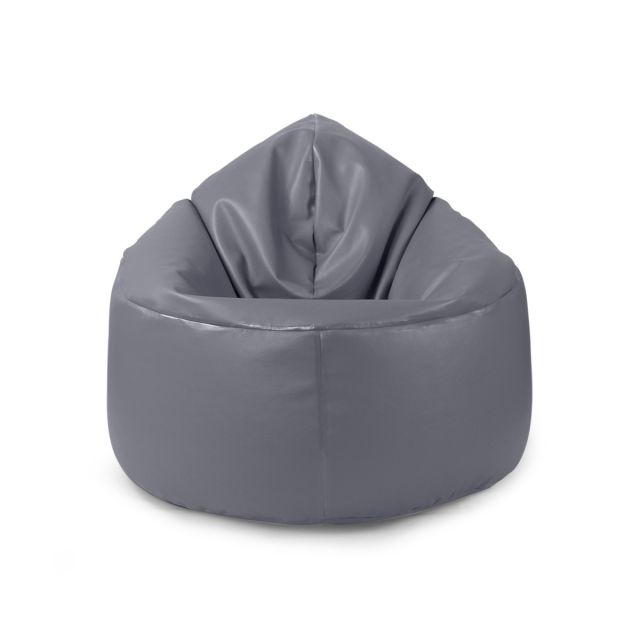Without the right sensory room ideas to inspire your interior design, your child’s senses can be stimulated constantly even when they’re at home. Flashing lights, loud sounds and other forms of continuous chaos are now a part of our daily lives. And while some children can cope with all this input to a certain extent, others may find it difficult to keep some peace of mind in a world filled with sensory stimulation.
Luckily, more people are starting to realise the importance of sensory awareness and how some simple changes in your home can have a big impact on your child’s wellbeing. And no room is as important as their own private territory: the bedroom.
That’s why we’ve lined up some easy and budget-friendly sensory bedroom ideas to get your creative juices flowing. You’ll not only get specific sensory room ideas to design your child’s room (whether they’re a baby or toddler, tween or teen), but we’ll also share some general tips for managing sensory stimulation more effectively.
Ready to be inspired?
What is a sensory room?
A sensory room (also called sensory integration room) is designed to either calm or stimulate a person’s senses.
In most cases, sensory rooms are created to help reduce sensory stimulation in children who are overly sensitive to such stimulation, like kids with Sensory Processing Disorder (SPD) or Autism Spectrum Disorder (ASD).
Children’s rooms tend to be filled with bright colours and toys with flashing lights and sound effects. For some kids, this can cause a lot of stress and anxiety. Sensory rooms for SEN children, on the other hand, will use calming colours and soft lights instead to help the child feel calm and safe.
It’s like baby-proofing a room, only in this case you’re protecting their mental instead of physical wellbeing.
If your child has certain needs that call for a sensory room, you may feel a bit overwhelmed at first. But designing a sensory room for your SEN child doesn’t have to be difficult – nor does it have to be expensive.
You just have to keep a few things in mind when designing the room. So let’s have a look at some of those sensory bedroom ideas below.
8 essential sensory bedroom ideas
1. Pick your colours carefully
One of the most important parts of a sensory bedroom is the colour scheme. Colours can either help your child relax or be a cause of added stress. So often the first thing to consider when looking for sensory bedroom ideas is the colour of the walls and the furniture in the room.
First, children with ASD or similar conditions tend to see colours with much greater intensity than children without ASD. That’s why you want to stay away from bright colours and use more neutral, muted colour shades instead.
Second, some colours work better than others. In particular, you should never use the colour red. Other potentially overstimulating colours include yellow, orange, and bright white. On the other hand, colours like green, blue, purple, brown, and black tend to have a calming and soothing effect.
2. Consider the lighting
Just like colours, lights can trigger many different sensory responses. Harsh light, in particular, can cause sensory issues for SEN children and teenagers of all ages. In fact, studies have shown that lighting is one of the reasons why children with autism have more trouble focusing in classrooms.
That is why sensory room ideas should always take lighting into consideration. Try to avoid bright colours and fluorescent lights. Instead, many SEN children respond really well to lava lamps or bubble lamps. Such lights work brilliantly as night-light alternatives as well.
Other ideas include dimmers so you can easily control the light levels and blinds to block out external light when needed. Lastly, avoid flickering lights or buzzing lamps as they can be very off-putting for your child.
3. Keep the noise down
Sounds are incredibly important when it comes to mental stimulation, especially when there are too many of them in a given environment. You want to try and block out as many external sounds as possible to give your child a serene, safe space in which they can choose their own preferred sounds to listen to (if any).
This starts with ensuring the windows and doors keep out as much sound as possible, opting for draught excluders and triple-glazed glass if possible. Other solutions include noise-cancelling headphones, playing music or sounds via a stereo, or investing in a white noise machine.
But bear in mind that every child is unique in what sounds they like. If you are designing a sensory room for your baby or toddler you may have to try out different sounds to see what they respond to best. Older children and teenagers, on the other hand, might already know what works best for them, so be sure to discuss this with them before making any purchases.
4. The importance of a good foundation
Flooring is another key element in any sensory bedroom design. Again, what works best differs for each individual child.
That said, there are two main points to consider when choosing the flooring:
1. Sound absorption
2. Safety
A porcelain floor doesn’t absorb any sound, which means every step taken or item accidentally dropped can be an anxiety-inducing experience for your child. The same goes for creaky laminate floors or old wooden houses.
Instead, many kids prefer carpets or other softer floorings.
5. Keep it tidy
Too much clutter can be a serious stressor and result in sensory overload, even when it’s their own stuff. So when organising sensory room ideas for your child you need to ensure that structured storage space is included in your plan.
For example, you can get an open cupboard with labelled storage bins that your kid can easily take in and out to organise their stuff in. This prevents clutter and the possibility of your child getting overwhelmed or lacking focus.
6. Toys and soft spots
Like any child, your kid probably likes to play with toys, although they may prefer specific sensory toys. Examples of sensory toys are special weighted stuffed animals or squishy stress balls for kids.
Similarly, children love piles of pillows and soft spots in their room to safely play, sit, and roll around. For many SEN kids, the only difference is that they might prefer sensory touch cushions over normal cushions.
They sometimes also prefer tactile soft chairs and bean bags over standard chairs. Such soft items are created to meet the specific sensory requirements of your child. For example, GreatBeanBags™ offer a kids’ bean bag range of sensory soft furnishings specifically designed for SEN children.
7. The softest spot of all
Your child’s bed is probably the most important part of the room. You can come up with dozens of great sensory bedroom ideas, but if you haven’t thought about the bed enough you might still end up with an overwhelmed and anxious kid every night.
Start with finding the right mattress for your child. Although a memory foam mattress tends to be the mattress of choice for many SEN children, it shouldn’t be a one-size-fits-all approach.
There are mattresses that are specifically designed for SEN children and teenagers, but they do tend to be more expensive than other mattresses. We’d advise you to give several mattresses a try before making any purchase.
Another common sensory bed idea is adding a weighted blanket instead of a normal blanket. These blankets are slightly heavier than normal blankets. The extra weight and pressure help children feel calmer and sleep better.
8. Divide and conquer
If you have space for it, we’d recommend you try to divide the room into separate areas. Each area of the room can have a specific function.
For example, you want the area where the bed is to be completely focussed on rest and bedtime, so you want to avoid storing toys close to the bed. Instead, you can designate a specific play area where the kid can find all toys.
Dividing the room up like this helps add structure and prevent the kid from getting distracted by too many different items surrounding them.
Designing a sensory bedroom
Although many parents tend to get a bit overwhelmed at first, designing a sensory bedroom for your child doesn’t have to be that difficult. Neither does it have to be expensive.
By paying attention to some simple tips and guidelines you can help your kid feel calm and safe. So hopefully these eight sensory bedroom ideas have inspired you to design the perfect sensory space for your child.
Explore our collection of sensory bean bags to complete your design.


